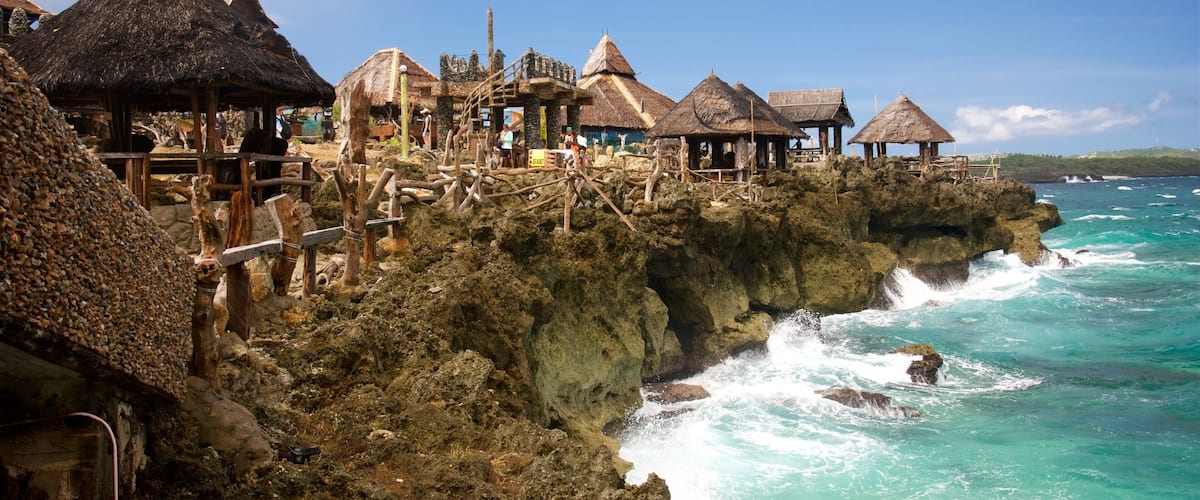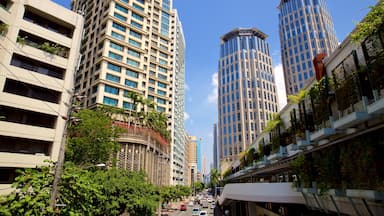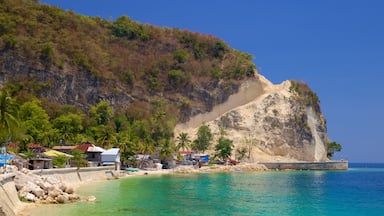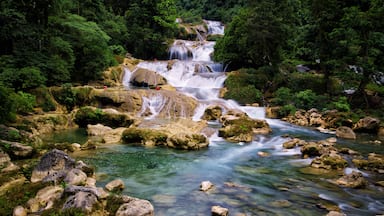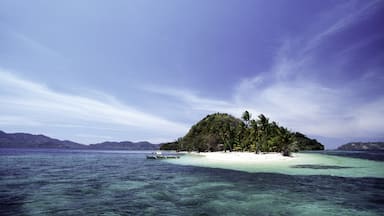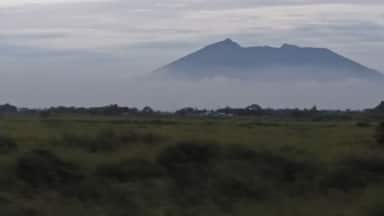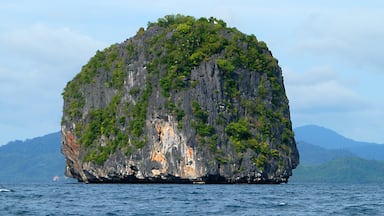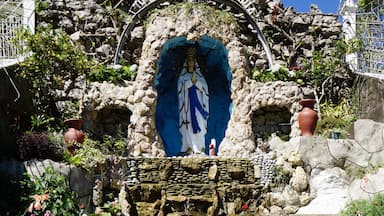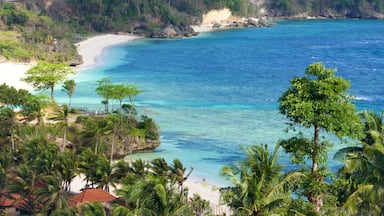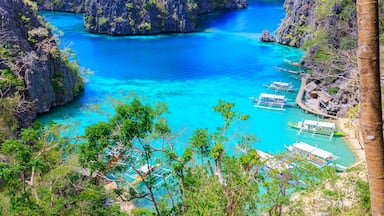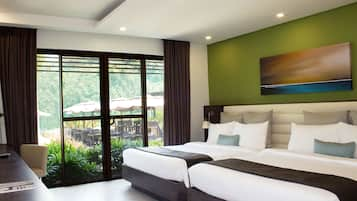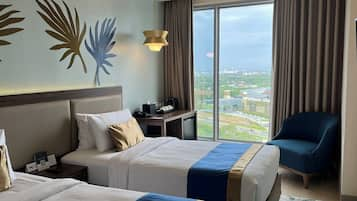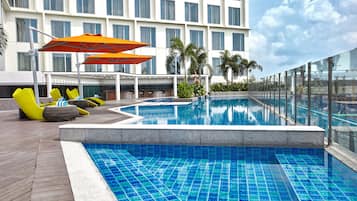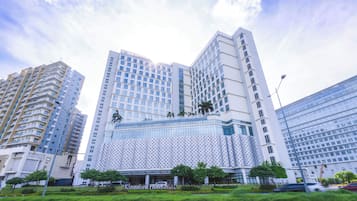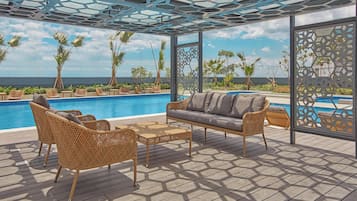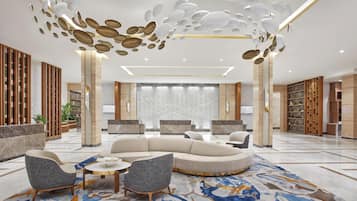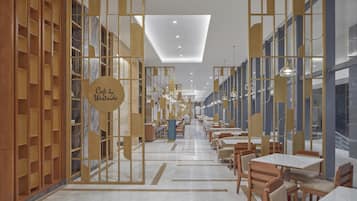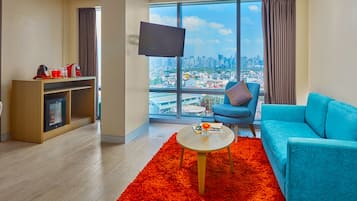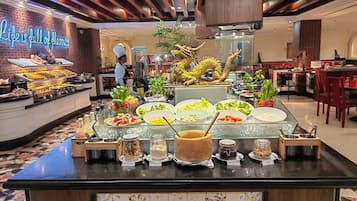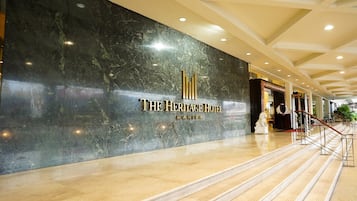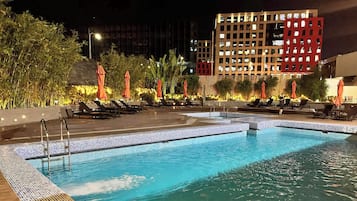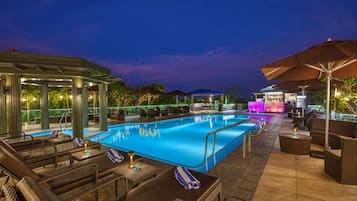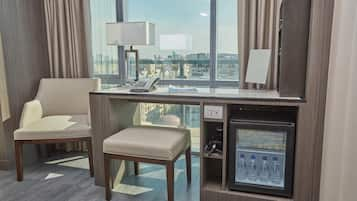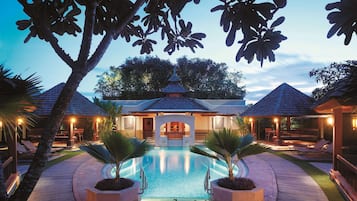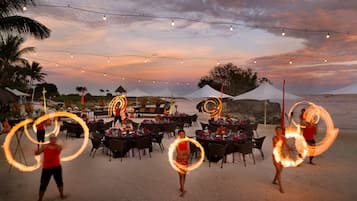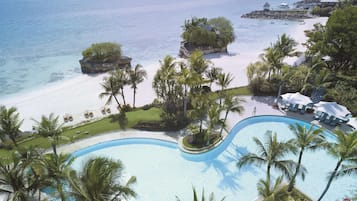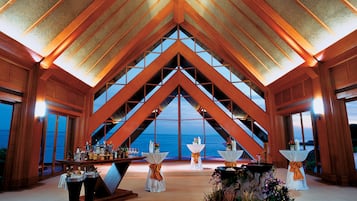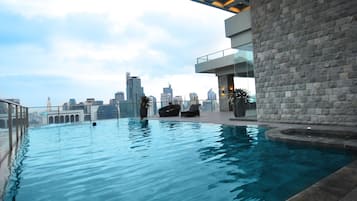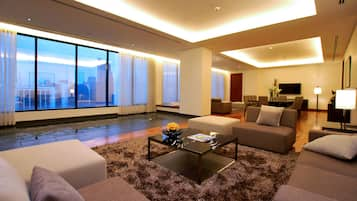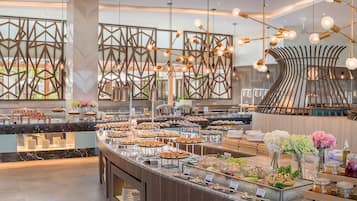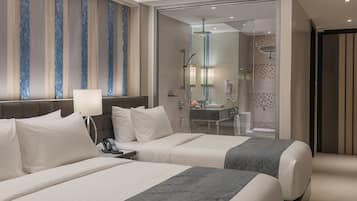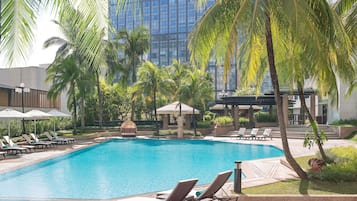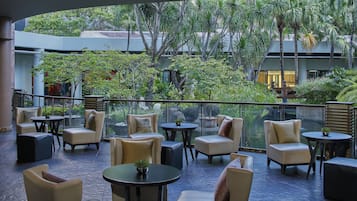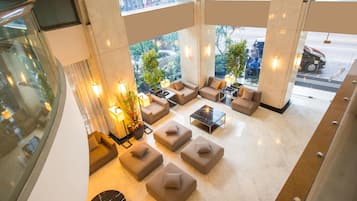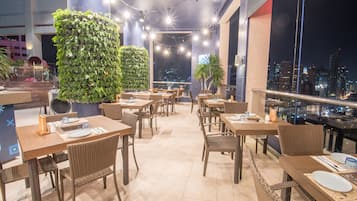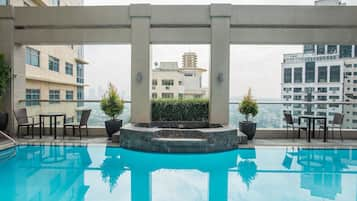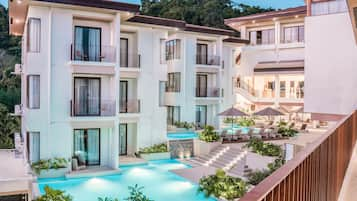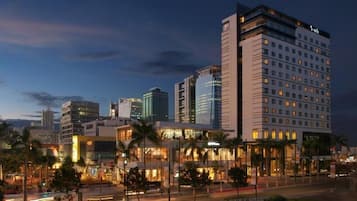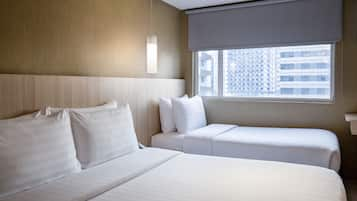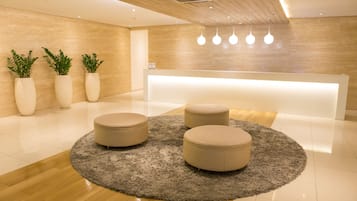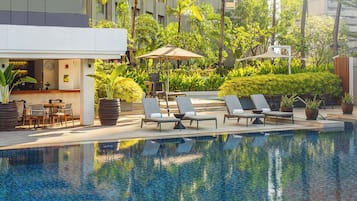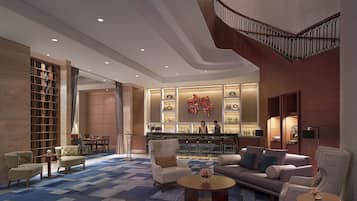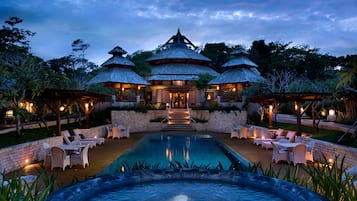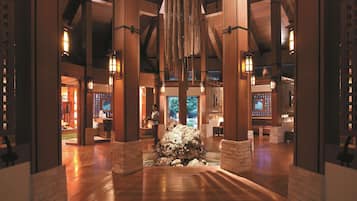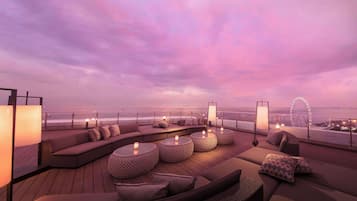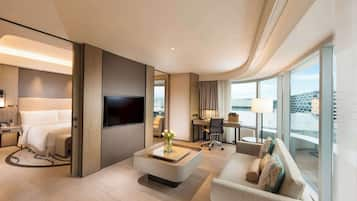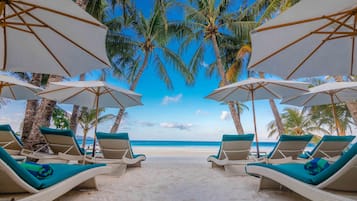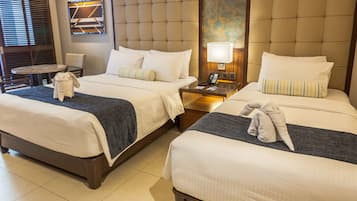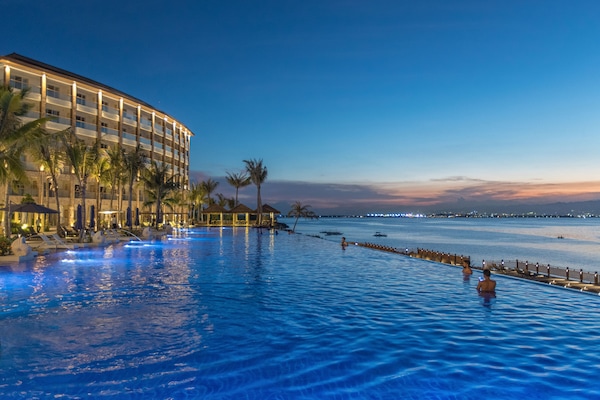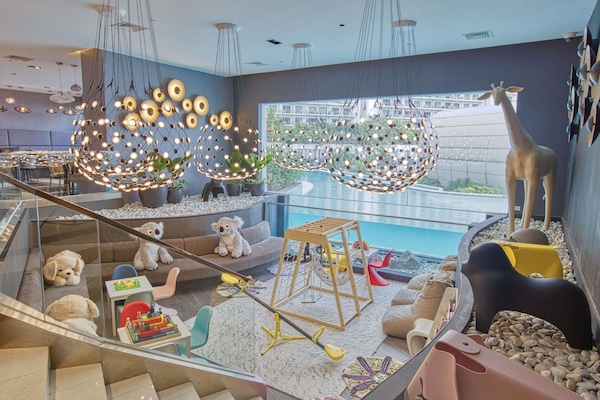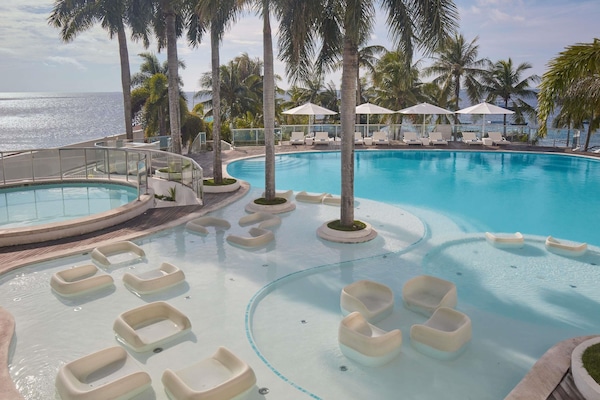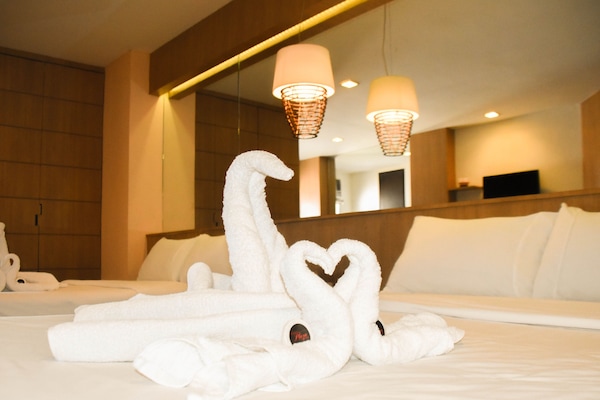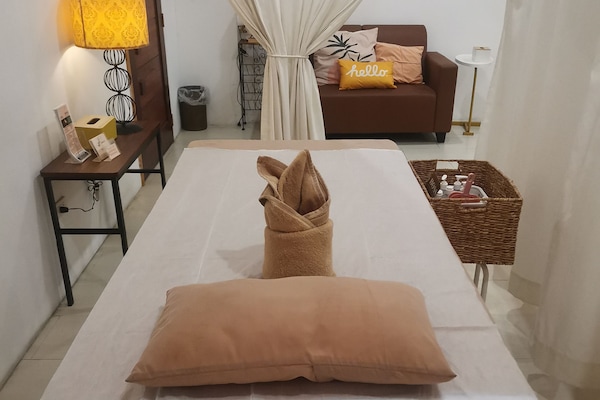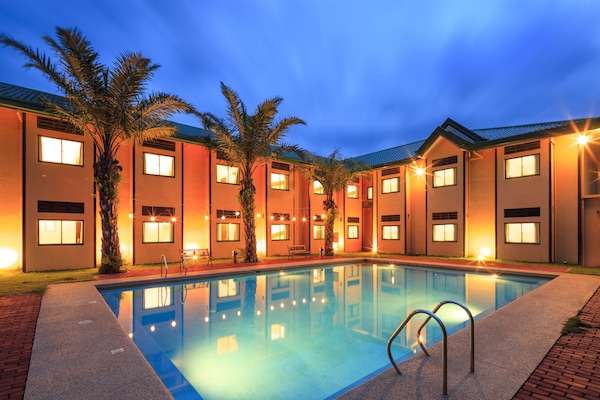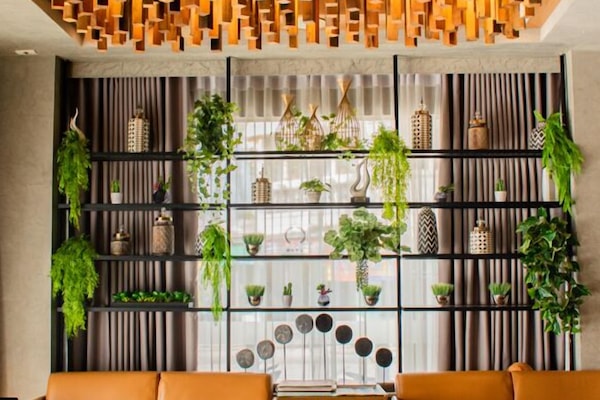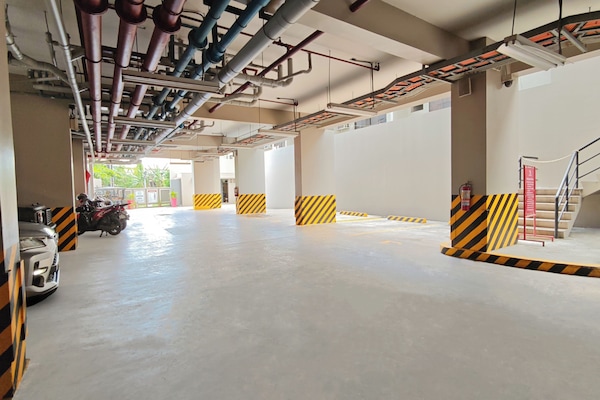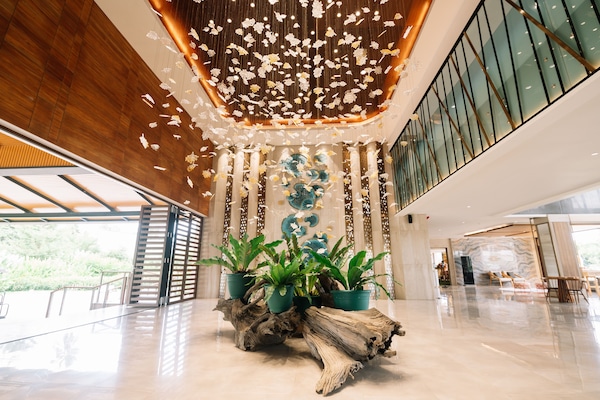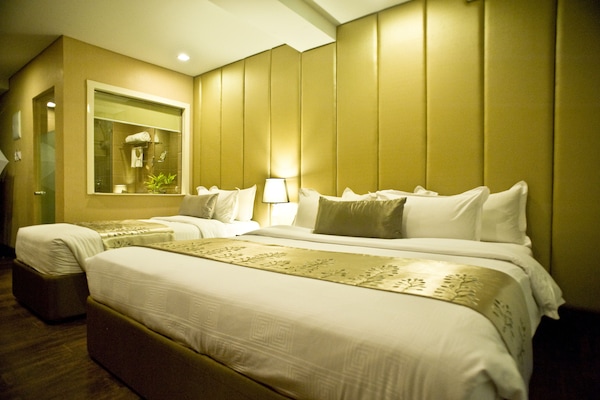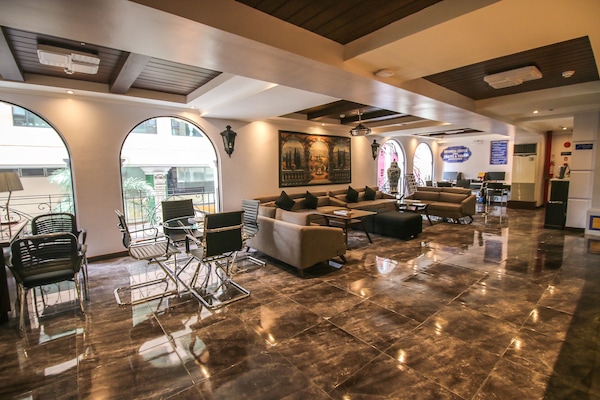More than 100 million people from about 100 ethnic groups live on the over 7,500 islands in the Philippines. The earliest settlers of this Southeast Asian archipelago came from Indonesia and Malaysia. The Philippines was later occupied by the Spanish, Americans, and Japanese prior to achieving independence in 1946. Influences from all of these countries have combined into a uniquely Filipino 'salad bowl' culture not found anywhere else. Flights between Bangkok and Manila, the Philippines national capital, are cheap, plentiful, and travel the 2,180 km between the two cities in around three hours.
Don’t MissThe three main seasons in the tropical Philippines are the hot March to May summer, the June to November monsoon season, and a relatively cooler winter season between December and February. Christmas, which begins in mid-December and ends a week after New Year's Day in the Philippines, is the country's busiest tourist season. January is a big month for Filipino festivals like Quiapo's Festival of the Black Nazarene, Kaliba's Ati-Atihan, Cebu City's Sinulog Festival, and Iloilo City's Dinagyang Festival. All of these include lively parades and religious celebrations.
Manila Ocean Park and Manila Zoo are two of the most family-friendly attractions in the sprawling Philippines national capital. Fort Santiago, San Agustin Church, and Manila Cathedral stand alongside several Spanish colonial buildings in Manila's historic walled settlement, Intramuros. Cebu City's best unique landmarks are the 1739 Santo Niño Basilica and the 17th century Yap Sandiego Ancestral House.
Restaurants and BarsChinese, Spanish, Malaysian, Polynesian, and even American influences can all be found in Filipino food. Carenderias (food stalls) and turo-turo (small cafes) where diners simply point at their orders are the cheapest places to sample Filipino staples like adobo (stew), pancit batchoy (noodle soup), or lechón (roasted suckling pig). Halo-halo is a tasty and cool dessert whose main ingredients are condensed milk, shaved ice, and red beans. Manila, Boracay, and Cebu City are the leading Filipino nightlife spots.
ActivitiesIt takes two days to reach the summit of the active cone shaped Mayon Volcano. Exploring Sagada's Samaguing cave system requires swimming, climbing, and an expert guide. The Palawan archipelago's UNESCO designated biosphere reserves are among the most eco-friendly Filipino snorkelling and scuba diving spots. Traditional paraw sailboats are a unique way to explore Boracay's dozen beautiful beaches, while surfing is Siargao Island's popular water sport.
ShoppingTwo of the world's ten biggest shopping centres are located in Manila, while a floating garden stands in Quezon City's Gateway Mall. Palm and bamboo baskets are among the authentic souvenirs tourists can buy at Manila's Quiapo Bridge craft stalls. Makati City's Balikbayan Handicrafts and Baguio's markets are other places where shoppers can purchase silverware, pearls, mats, shells, and many more items.
